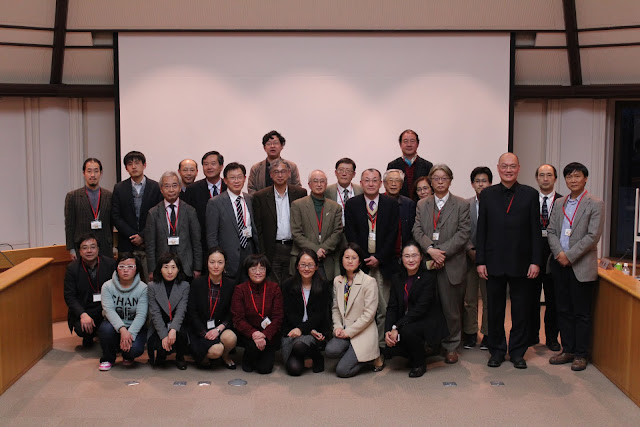UCSC seminar––part 8
The eighth set of readings is Tonio Andrade's The Gunpowder Age , which encompasses a fairly large literature on history of science, technology, warfare, state formation and competition. Andrade asks a poignant question: How did Europe conquer the world? Industrial revolution and capitalism alone could not explain Europe's military conquest and colonial power around the world. Steamships could go far and fast around the globe, but the cannons equipped on the steamships were the main advantage for them to defeat Chinese navies. How did this great divergence of military technology take place? Andrade's part 3, dubbed the age of parity, describes several battles between Dutch and Zhengs in Taiwan on the one hand and the Manchu-Korean coalition against the Cossacks on the other. I think this is the best part of the book and the most important contribution he makes to the field. He explains in convincing details why Europe's military technology advanced while the Ming dyna...
